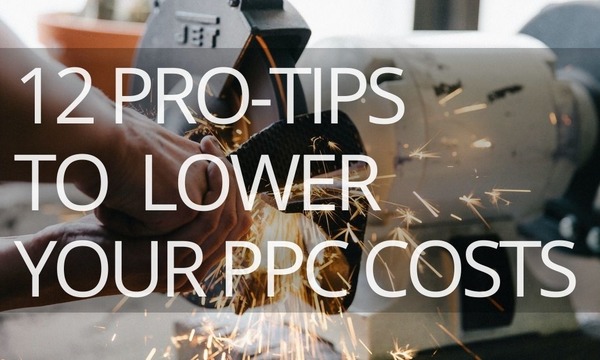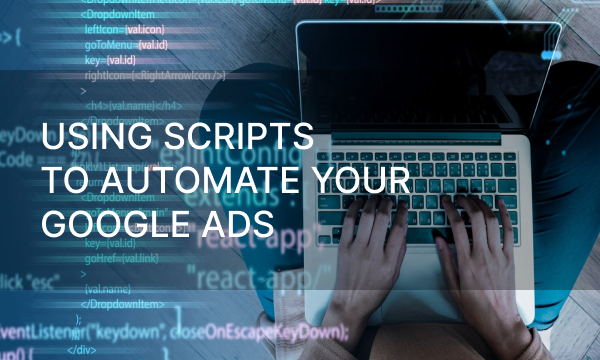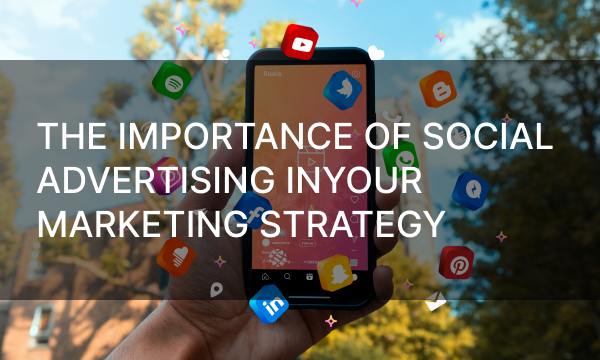For a business to grow in a stable and active way, brand awareness and customer loyalty are sometimes not enough. In today’s competitive consumer landscape, many companies struggle to connect with their audience, remaining unnoticed for extended periods. That’s where a specific marketing branch comes in: growth marketing, designed to help businesses evolve rapidly and uncover new opportunities.
What Is Growth Marketing and How Is It Different from Growth Hacking?
Growth marketing focuses on experimentation within advertising, testing new strategies to achieve marketing goals. It relies on low-cost, low-risk campaigns to quickly test hypotheses, something traditional marketing often can’t afford. “Growth hacking” is a related term. While growth marketing encompasses all experimental marketing approaches, growth hacking refers to specific methods used within those experiments to spark rapid growth – boosting leads, sales, or engagement in a short time.
Goals of Growth Marketing
Broadly, the aim of growth marketing is to support sustainable business expansion. It breaks this down into smaller objectives such as:
- Increasing sales;
- Generating leads;
- Enhancing brand awareness;
- Strengthening customer loyalty.
Its core principle is: “Fast mistakes cost less.” Traditional marketing involves detailed planning, observation, and budgeting. In contrast, growth marketing acts fast, testing ideas immediately. If a tactic works, it brings gains with minimal cost. If not, the loss is minor. Mistakes are part of the process and help discover effective tactics faster.
Key Growth Hacking Strategies
While some growth tactics are industry-specific, many strategies apply broadly. Here are a few that might benefit your business:
- Affiliate Marketing. Launch an affiliate program where influencers or bloggers promote your product in exchange for a commission or perks. Provide them with promotional materials or product samples to share with their audience.
- Email Signatures. Use your email footer to include a subtle call-to-action or link inviting recipients to sign up for your service. This small tweak can enhance your email marketing results.
- Free Tools. Offer helpful tools aligned with your product’s niche, such as calculators, visualizers, or templates. These tools not only assist your customers but also reinforce brand recognition.
- Contests. Run contests offering valuable prizes like premium features or exclusive access. Encourage participation through creativity and social sharing to spread awareness.
- Referral Discounts. Incentivize users to share your content by offering discounts for referrals. This creates a viral loop of awareness even if conversions don’t happen immediately.
HADI Cycle
The HADI Cycle (Hypothesis, Action, Data, Insights) is a framework for structured growth marketing experiments.
Start by identifying a need for action. For example, sales are stagnant despite ongoing marketing efforts. You create a hypothesis, perhaps a new ad tone or design could boost engagement. Next, act on this idea with a small-scale test.
Then, gather data on the campaign’s performance: sales changes, feedback, or brand visibility. Finally, analyze the data for insights. If successful, scale the strategy. If not, learn from the outcome.
Each HADI cycle enhances your understanding and informs future efforts. To manage this process effectively, follow a structure:
- Reason: Define the problem, form a hypothesis, and outline your test.
- Plan: Estimate costs and risks, assign responsibilities, set timelines, and state expected outcomes.
- Results: Analyze data and determine whether the experiment solved the problem.
The AAARRRR Framework
The AAARRRR Framework The AAARRRR Framework – short for Awareness, Acquisition, Activation, Retention, Revenue, Referral, and Revival – offers a comprehensive view of the customer journey from initial contact to long-term loyalty. Unlike traditional marketing, which tends to emphasize the early stages like Awareness and Acquisition, growth marketing targets all seven stages to build a complete and resilient customer lifecycle.
Each stage plays a unique role in supporting business growth:
- Awareness is the top of the funnel and focuses on how well-known your brand is within your niche. It’s measured through surveys, web traffic, and search volumes. Though visibility is easy to chase, it’s hard to quantify without benchmarks. Still, awareness is crucial, as most people are more likely to engage with brands they’ve encountered before. Ensure your ads answer key questions like who you are, what you offer, who your audience is, and what values you represent.
- Acquisition measures how many people who are aware of your brand are actively exploring it. These potential customers may visit your website, read reviews, or browse product pages. At this stage, it’s essential to provide clear, relevant information and begin tailoring your messaging to the needs of your target audience.
- Activation occurs when users take their first meaningful action—signing up, purchasing, or requesting a demo. Success here depends on reducing friction: intuitive navigation, helpful onboarding, and clear instructions all support users in converting.
- Retention reflects your ability to keep customers coming back. It’s more cost-effective to retain existing users than acquire new ones. Loyalty programs, personalized emails, and thoughtful engagement campaigns can increase customer lifetime value.
- Revenue tracks the financial outcome of your efforts—how much money you’re making and how much is from repeat customers. Whether your model is subscription-based or transactional, optimizing this stage ensures profitability.
- Referral evaluates how likely satisfied customers are to recommend your brand. Positive word-of-mouth can fuel organic growth and acts as a multiplier for brand awareness.
- Revival targets previously active users who’ve gone dormant. This stage often gets overlooked but offers high potential. Win-back campaigns and special offers can reactivate lapsed customers and maximize your existing base.
By optimizing every step in the AAARRRR funnel, you create a full-circle strategy that doesn’t just acquire users, but also turns them into advocates and returning customers.
Customer Journey Map
The Customer Journey Map (CJM) is a visual representation of the path a person takes from the moment they recognize a need to the point where that need is fulfilled through your product or service. It maps both the emotional and practical aspects of the experience, helping you understand how people come to trust and stick with your brand.
The journey often begins when someone encounters your brand—through an ad, social media, or a recommendation. They may not need your product right away, but you’ve made an impression. When the need does arise, they start exploring. This is when they compare brands, research features and pricing, read reviews, and gather insights. Your goal here is to provide clear, helpful, and engaging content that supports their decision-making.
Once they’re convinced, they make a purchase. But the journey doesn’t end there. Post-purchase support is essential—through onboarding, product guides, FAQs, or responsive customer service. This helps customers feel confident and valued.
Finally, a satisfied customer may share their experience, return for future purchases, or recommend your brand to others. With the right support at every stage, a one-time buyer can become a loyal advocate who drives organic growth over time.
Examples Of Growth Hacking Strategies
Growth hacking strategies can take many forms, and the ones that work best for your business often come from trial, error, and creative brainstorming. These tactics are all about achieving rapid, impactful growth without requiring large marketing budgets.
Here are a few real-world examples that show how major brands used growth hacking to scale quickly:
- Twitter initially saw explosive growth, reaching 30 million users in a short time. However, expansion began to slow. Their growth team tested a new approach: if new users were prompted to follow others with similar interests upon signing up, they might be more likely to stay. The change worked—users who followed others early on had richer, more engaging feeds, which encouraged them to return and participate. This small tweak significantly boosted user retention.
- PayPal, in its early days, struggled to build a strong user base. To overcome this, they launched a referral program that rewarded both the new user and the referrer with $10. Though expensive at first, this strategy went viral—thousands of users referred friends, who then referred more people. The campaign cost millions, but it paid off quickly by massively expanding their customer base and ultimately driving long-term profits.
- Flowrite, an AI writing tool, was still in beta when it sought to grow its user base. Instead of open access, they introduced a waitlist system. Users who signed up had to wait their turn, but could move up the queue by referring others. This created a sense of exclusivity and urgency, while encouraging people to spread the word. The result was rapid, organic growth—without spending on advertising.
These examples show that growth hacking isn’t about following a formula—it’s about finding creative, user-focused solutions that leverage your existing audience to drive scalable success.
Conclusion
Growth marketing emphasizes fast experimentation and learning from failure. Growth hacking involves creative, high-impact tactics to drive results.
To implement growth marketing effectively, familiarize yourself with:
- The HADI Cycle for structured testing
- The AAARRRR Framework for customer interaction
- Customer Journey Mapping for user perspective
If your business needs a spark but you’re short on ideas, try widely-used growth strategies. Many major brands found success through experimentation—you can too by learning from their playbooks and applying them to your unique context.





